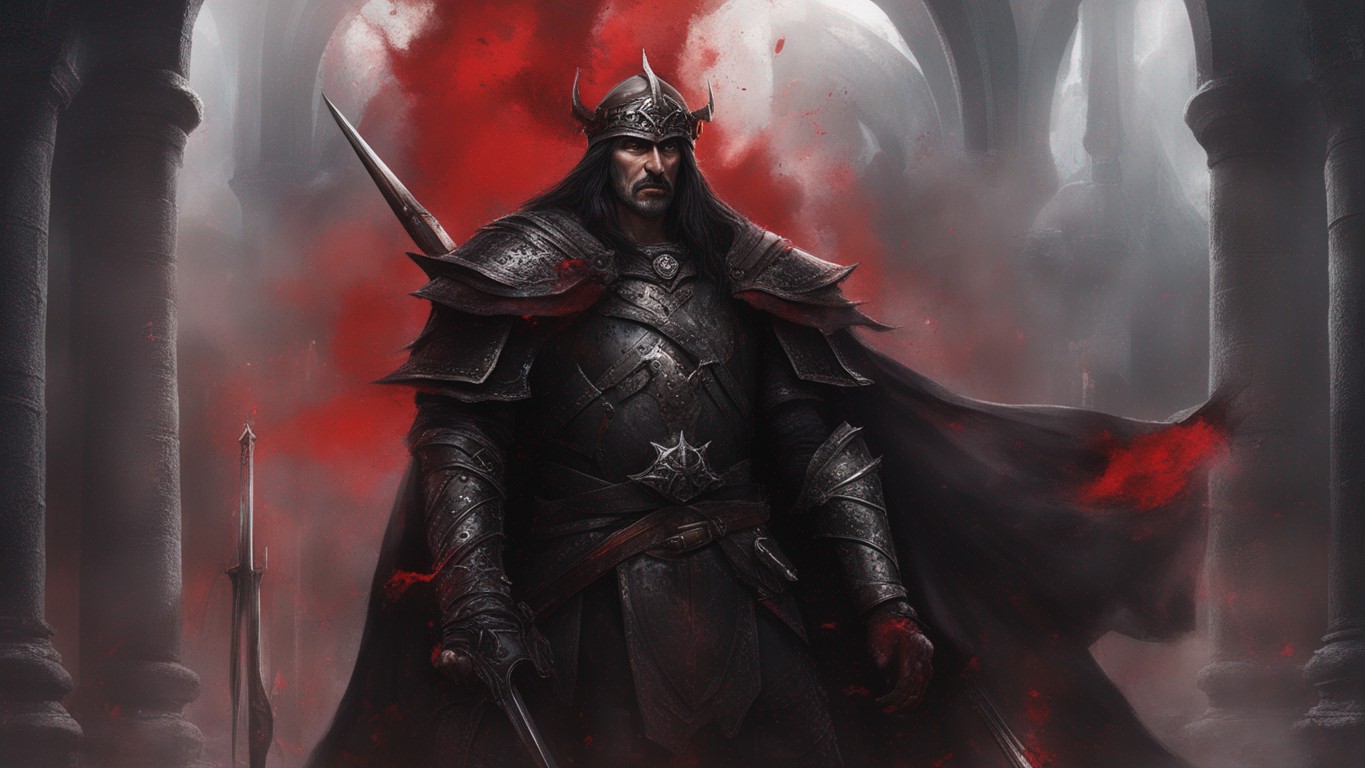Vlad III, infamously known as Vlad the Impaler, was a 15th-century voivode, or prince, of Wallachia—a region now part of modern-day Romania. While his historical persona is laced with conflicting perspectives, ranging from a revered national hero to an abominable tyrant, one fact remains uncontested: his reign was drenched in blood and terror. Vlad’s brutal methods of rule have not only seared his name into the annals of history but also birthed an entire folklore around him, including the character of Count Dracula in Bram Stoker’s 1897 novel. This article aims to peel back the layers of myth and legend to uncover the man behind the moniker.
Early Life and Family Background
Born in 1431 in the fortress of Sighișoara, Transylvania, Vlad was the second son of Vlad II Dracul, a member of the Order of the Dragon—a Christian military order. Vlad II’s association with the order earned him the nickname “Dracul,” or “dragon,” in Old Romanian. His sons inherited the title, hence Vlad III became known as “Dracula,” meaning “son of the dragon” or “son of the devil,” a sign of the dark legend he would later become.
Ascension to Power
The political landscape of Wallachia during Vlad’s early years was rife with upheaval, its throne a dangerous prize wedged between the Kingdom of Hungary and the ever-expanding Ottoman Empire. After the gruesome assassination of his father and elder brother, Vlad resorted to cunning diplomacy and brutal tactics to secure and re-secure his rule over Wallachia multiple times between 1448 and 1476. Each reign was characterized by a kaleidoscope of alliances, betrayals, and military campaigns designed to keep his enemies off balance.
Terrifying Rule and Methodology
What sets Vlad apart from other medieval rulers is the sheer scale and brutality of his punitive measures. Impalement was his signature method of execution, and he took it to an unprecedented level. Victims were usually pierced through the abdomen with a sharp pole, which was then raised vertically, allowing the victim to slide down under their own weight—a slow, agonizing death. Reports suggest he would dine amid these “forests of the impaled” to revel in the horror he’d orchestrated.
Confrontation with the Ottomans
Despite being a childhood hostage at the Ottoman court, Vlad displayed exceptional audacity in resisting Ottoman rule. He ambushed Ottoman contingents, poisoned wells, and engaged in guerilla warfare. One night in 1462, Vlad launched a daring attack known as “The Night Attack,” aiming to assassinate the Ottoman Sultan Mehmed II. Although he failed, he killed up to 20,000 Ottoman soldiers, earning him grudging respect even among his enemies. The Ottoman chronicler Tursun Beg noted, “He who could not be cowed by tens of thousands of our soldiers was a lion among men.”
Downfall and Death
Vlad’s rule was unsustainable in the long term. His ferocity earned him enemies on all sides, eventually leading to his imprisonment by Matthias Corvinus, the King of Hungary, on charges of heresy and treason. After a subsequent return to the throne, Vlad was killed in battle against the Ottomans in December 1476. It’s widely believed he was betrayed by disloyal Wallachian boyars.
Legacy and Cultural Impact
In modern-day Romania, Vlad is celebrated as a nationalist hero who gave his life to protect his land and people from foreign invasion. However, globally, his reputation is stained with the brutalities he committed, which have been immortalized through folklore, literature, and movies. His most enduring legacy is undoubtedly the legend of Dracula, which has spawned countless adaptations and retellings.
Vlad the Impaler is a character study in the extremes of human behavior, embodying the most horrifying aspects of despotism while also embodying a kind of twisted heroism. His life is a dark tapestry of ambition, brutality, and complexity that continues to fascinate and horrify us to this day. Vlad the Impaler: A man as enigmatic as he is terrifying, leaving behind a legacy that time will not soon erase.
Sources:
“Nuremberg Chronicle,” a 15th-century manuscript containing an eyewitness account from a German monk.
Tursun Beg, Ottoman Chronicles, highlighting Vlad’s military strategies.
Romanian historical manuscripts and archival records detailing Vlad’s reign and methods.
The layers of Vlad the Impaler’s character serve as a lens through which we can explore the multifaceted nature of power, terror, and leadership. His life beckons us to question our moral compass and confront the grim realities of what humans are capable of under the banner of governance and survival.
